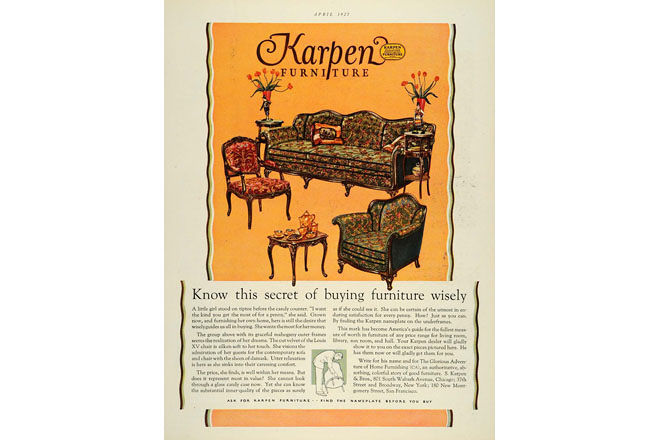
For
much of the twentieth century, “Revivalism” and “Historicism” were seen as
reactionary and outmoded tendencies in design. In 1961 Nikolaus Pevsner dismissed
it out of hand, stating “all reviving of styles of the past is a sign of
weakness.” Despite this sweeping condemnation, historicist and revivalist
styles thrived in various parts of the world throughout the twentieth century, driven
by a combination of nationalist, religious, aesthetic, and political agendas.
This symposium aims to explore the meanings and deeper significance of
revivalist movements in design, both short-lived and in the recurring forms
that survived over longer periods. The main focus of the symposium will be
design and decoration, both public and domestic, but there will be some
consideration of architecture, which was often instrumental in establishing the
iconography of revivalist movements. The underlying aim is not to rehabilitate
revivalism, but to recognize its power in the modern world, and the ways in
which revivalist styles in design and decoration have helped to shape public
consciousness and identity.
Topics
to be addressed will include National Romanticism, Colonial Revivalism, Craft
as national identity and living tradition, the Neo-Baroque, and revivalism and
nationalism in a post-colonial world.
Peter N. Miller
Bard Graduate Center
Welcome
Paul Stirton
Bard Graduate Center
Introduction
Paul Stirton
Bard Graduate Center
History, Historicism, and Revivalism
Juliet Kinchin
The Museum of Modern Art
Folk-Baroque-Modern: Synthesis and Mutation in Twentieth-Century Hungarian Design
Hedvig Mårdh
Uppsala University
The Gustavian Revival in Sweden
Catherine Whalen
Bard Graduate Center
Americana Redux: Unruly Icons in the US Colonial Revival
Christina L. De León
Cooper Hewitt Smithsonian Design Museum; Bard Graduate Center
Indigenous Revivalism in Latin America
Antonio Fiore
Center for Italian Modern Art
The Shadows of Rome: The Classical Revival in Italy
Kim Brandt
Columbia University
Made in Japan: Folk-Modernism and Mingei in the 1950s
David Crowley
National College of Art and Design, Dublin
Modernism and the Spectres of the Past in Piłsudski’s Poland
Eeva-Liisa Pelkonen
Yale University
Baroque Eons in Modern Architecture
Panel Discussion
